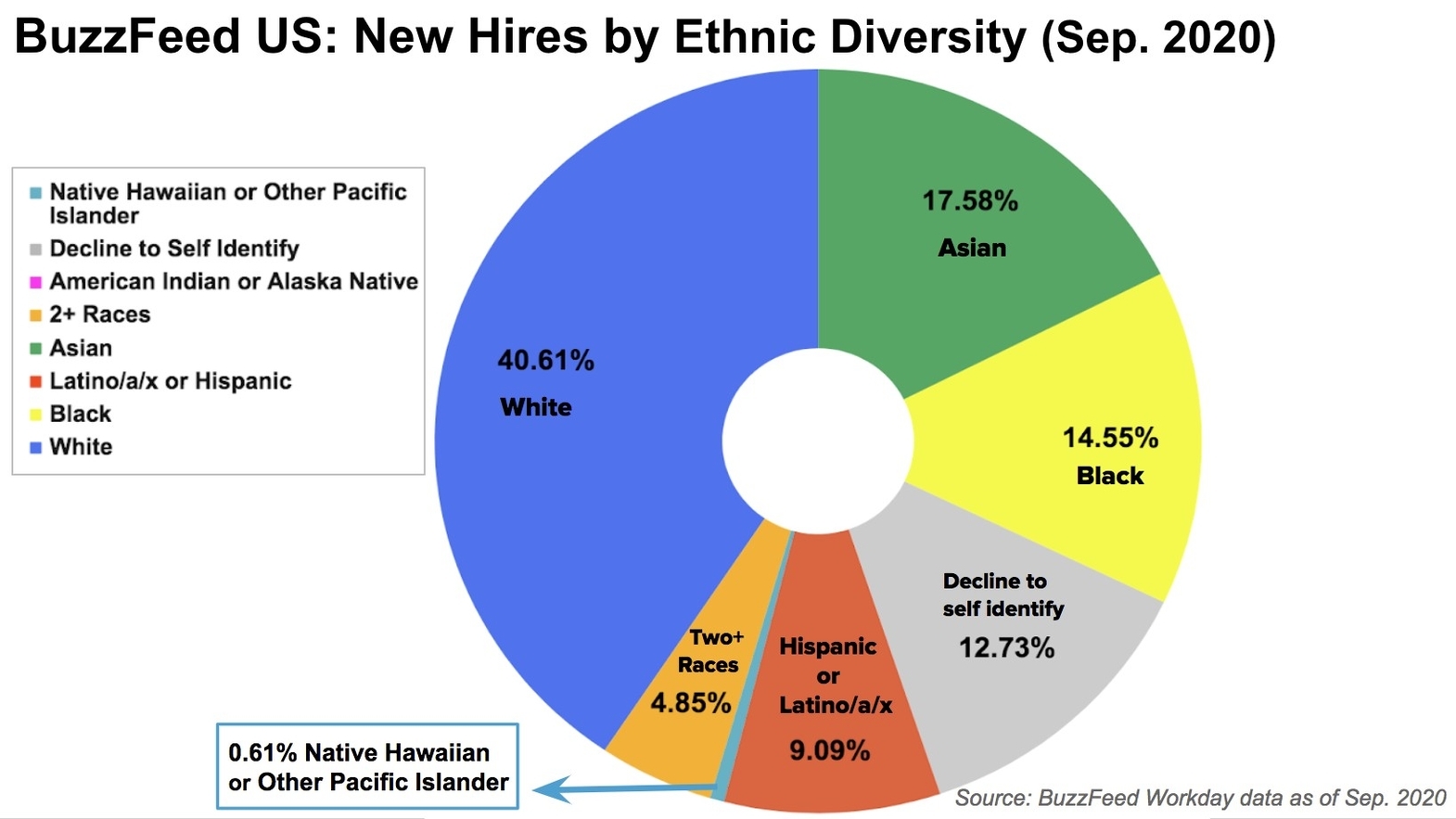
The racial makeup of the United States in 2020 reflects the increasing diversity and multiracial identity of its population. According to the 2020 census, the U.S. population was 59.3% white, 18.9% Hispanic or Latino, 12.6% Black, 5.9% Asian, 2.3% two or more races, 0.7% American Indian or Alaska Native, and 0.3% some other race. These percentages are based on the self-identification of the respondents, who could choose one or more of the five racial categories (White, Black, Native American/Alaska Native, Asian, and Native Hawaiian/Other Pacific Islander), as well as their Hispanic or Latino origin.
The 2020 census showed that the white, non-Hispanic population, without another race, decreased by 8.6% since 2010, making up 57.8% of the total population. This was the first time that the white-alone population declined in U.S. history, reflecting the aging and lower fertility of this group, as well as the increasing intermarriage and multiracial identification of their children. The Hispanic or Latino population, which can be of any race, increased by 23% since 2010, reaching 18.7% of the total population. This was driven by both natural increase and immigration, as well as the growing diversity of Hispanic or Latino origin groups, such as Mexicans, Puerto Ricans, Cubans, Salvadorans, Dominicans, and others.
The Black population, which includes those who identified as Black alone or in combination with another race, increased by 5.6% since 2010, reaching 12.6% of the total population. The majority of the Black population (76.3%) identified as Black alone, while the rest (23.7%) identified as Black in combination with another race, mostly white. The Black population was concentrated in the South, where it
